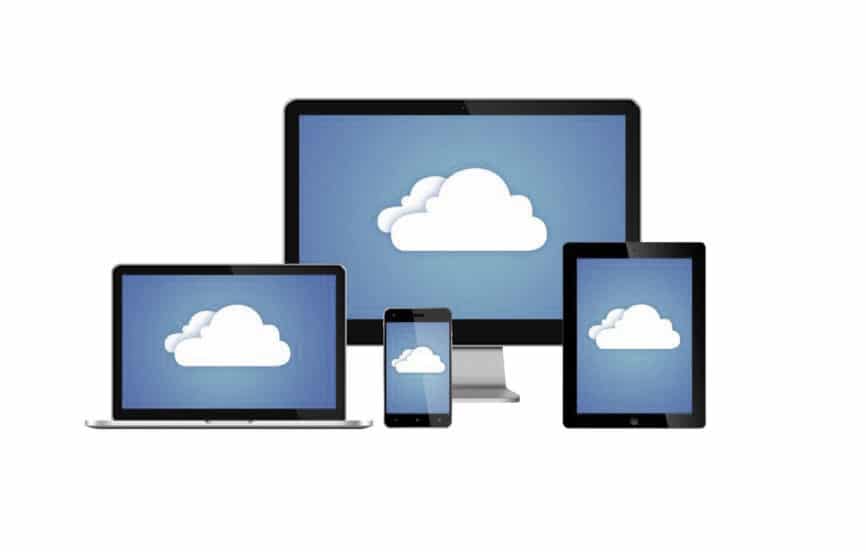The way people work and do business is rapidly changing. The ability to be flexible and have the right information at the right time can have a significant impact on your overall functionality and performance.
One of the best ways to remain adaptive in this ever changing landscape is by centralising your data through virtual desktop infrastructure (VDI).
What is virtual desktop infrastructure?
Virtual desktop infrastructure (VDI) is a desktop operating system that is hosted within a virtual machine, which is running on a centralised server. This allows the desktop images to be accessed via a number of devices, such as mobile devices, laptops, tablets and desktop computers.
Using VDI, each user’s desktop environment or virtual PC is stored on a remote-access server instead of the local machine. This not only grants access to greater computing power, but the centralised approach to maintaining your data, and the network, saves significant resources, time and money in the process.
Benefits of a virtual desktop infrastructure
Security
With all data being stored on a server and not the device itself, employees aren’t carrying around confidential company data on USBs or personal devices, which can be easily lost, stolen or tampered with.
This approach not only increases data security, but also helps in the event a user’s device is significantly damaged. No data is lost as it is backed up to the server and not stored on the device itself.
Simplified Management
Virtual desktop infrastructure allows for the easy management of company wide systems, data and software from a central location. All updates, backups, virus scans and other maintenance are far easier and less time consuming to perform.
Scalability
Centralised management makes scaling simple. As hardware is virtualised with VDI, when the organisation is growing and new employees are onboarded, you can simply deploy the base image of what their machine should look like and then credential them into that image.
Whether your employee base is seasonal or you’re rapidly expanding the business, you can have extra images to handle the increased demand.
Cost Savings / Cost-effectiveness
Purchasing new, and maintaining current, hardware accounts for some of the highest IT expenditures a company can make.
Virtual desktop infrastructure not only allows you to extend the life of hardware and devices, it also enables you to take full advantage of a data center’s computing power and storage. As a result, your machine requires significantly less RAM, computing power and storage space.
Experts estimate that maintaining and managing PC hardware and software accounts for 50-70% percent of the total cost of ownership (TCO) of a typical PC. Significant cost savings can be found in the maintaining and updating of equipment. A single centralised data centre means the drivers, patches and applications only need to be installed once, which then are pushed out to the entire network where every user benefits from the update—rather than updating individual machines one by one.
From an IT perspective, virtual desktops help reduce the time it takes to provision new desktops, and they also help to decrease desktop management and support costs.
If you’d like to learn more about how Virtual Desktop Infrastructure can be implemented to help your business—contact our sales team at any time on 1300 378 676 or [email protected].


